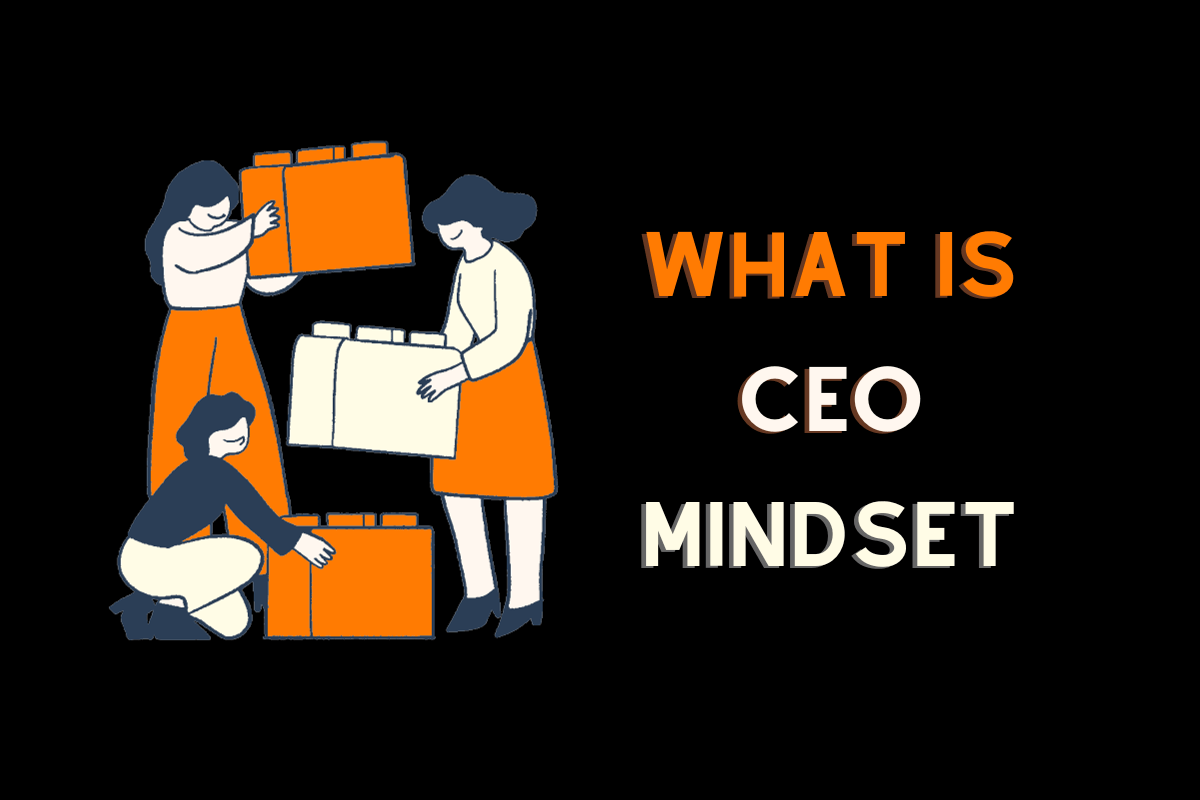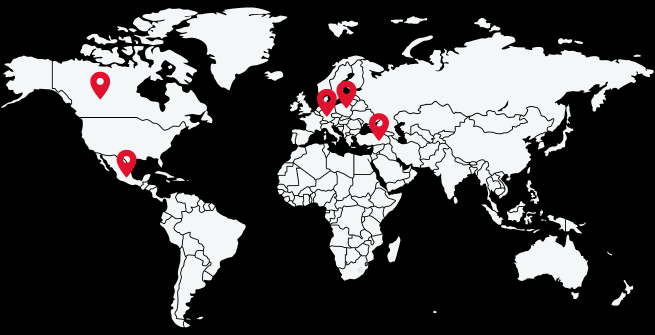The CEO mindset is a combination of strategic thinking, leadership skills, adaptability, and a results-driven approach. CEOs (Chief Executive Officers) typically need to have a vision for the company, set clear goals, make tough decisions, and inspire and lead their teams to achieve success. They often need to think long-term while also being agile in the face of changing circumstances.
The CEO mindset involves a focus on innovation, risk management, and creating a positive and productive organizational culture. It’s about balancing the big picture with attention to detail and being resilient in the face of challenges. Essentially, it’s a multifaceted approach that requires a mix of business acumen, interpersonal skills, and a willingness to take calculated risks.
While having a CEO mindset is a vital aspect of being a business leader and serves as the compass guiding your leadership journey, I also propone that the same principles can and actually should be adopted in every area of our lives.
This is because the values that make up a strong CEO mindset in business can easily be applied to achieving what we want in our personal and social lives. Plus, if you’re steering with a positive and growth-oriented mindset, you’re more likely to navigate challenges across the board more effectively.
Let’s take a look at what characteristics make up a CEO mindset

Resilience and Adaptability
A positive mindset helps leaders bounce back from setbacks. Instead of seeing failure as the end, they view it as a lesson and an opportunity for growth. It’s all about adapting to change and turning obstacles into stepping stones.
Innovation and Creativity
A mindset that embraces new ideas and encourages creative thinking is a game-changer. Successful leaders don’t just stick to the status quo; they foster an environment where innovation can flourish. This is where the magic of progress happens.
Decision-Making
The way you approach decision-making is heavily influenced by your mindset. A confident and decisive mindset allows leaders to make tough calls without getting bogged down by doubt. It’s about trusting your instincts and being willing to take calculated risks.
Vision and Goal Setting

A leader’s mindset shapes the vision they have for the future. Those with a forward-thinking mindset set ambitious yet achievable goals. They inspire their team to strive for excellence and create a sense of purpose within the organization.
Relationship Building and Collaboration
Leadership is not a solo act. A positive and collaborative mindset helps leaders build strong relationships with their team. It fosters open communication, trust, and a sense of camaraderie that can propel the entire organization forward.
Continuous Learning
The most successful leaders have a growth mindset, of which an example of growth mindset would be, seeing every experience as an opportunity to learn and improve. This mindset encourages a culture of continuous learning within the organization, leading to ongoing improvement and adaptation.
Emotional Intelligence
Understanding and managing emotions, both one’s own and others’, is a hallmark of effective leadership. A leader with a mindful and emotionally intelligent mindset can navigate interpersonal dynamics with finesse.
How to become a CEO with the right mindset

Let’s face it, sometimes things can get tough for any of us and we may find ourselves with room for improvement in any of the above mentioned areas. But luckily, there are a number of concepts we can turn to if we want to adjust directions or weather any storm.
The first is to embrace the concept of Conscious Capitalism. Coined by John Mackey, the co-founder and co-CEO of Whole Foods Market, and marketing professor Raj Sisodia, Conscious Capitalism is a business philosophy that emphasizes the idea that companies can and should be a force for positive change in the world.
Kaizen is a Japanese business principle, which means “continuous improvement” and involves making small incremental improvements by everyone at every level. It welcomes challenges as a means for making positive changes. EOS is one particular format that applies this philosophy for operational success.
Gratitude and acceptance are two emotional mindset hacks that work to build resilience in the heart of any storm. The Serenity Prayer which states: “Grant me the wisdom to know the difference” and stopping to think of all that you can be grateful for are two methods to reset your mindset when faced with challenges.
Last, but not least is to lead with love as in opting to do everything out of the emotion of “love” and not “fear” and to share this message as much as possible. So many people operate from a place of fear, such as working just to pay a mortgage.
But if that mindset is switched to one of love then like a domino effect, it will positively influence all aspects of life from communication to production, transparency to accountability all of which are wanted results for any CEO.
At its core, the CEO mindset involves strategic thinking, a knack for innovation, and a keen sense of responsibility. CEOs aren’t just steering the ship; they’re also responsible for its course and ultimate destination. It’s about making tough calls, taking calculated risks, and seeing the bigger picture.
Adaptability is also key. CEOs need to navigate the ever-changing business landscape. Whether it’s shifting market trends, technological advancements, or global events, CEOs need to adjust their sails to keep their companies on course.
A CEO needs to not only see where the company is now but envision where it should be in the future. It’s about setting ambitious yet realistic goals and inspiring the entire organization to work towards them. A CEO needs to be able to articulate the company’s vision clearly, both internally and externally.
A successful CEO also understands the value of their team being on board with the company’s values, vision and mission to serve as a role model in building a strong, motivated workforce and fostering a positive company culture. But most of all, a CEO with the right mindset can turn challenges into opportunities and guide their company through the high and low tides of business.



